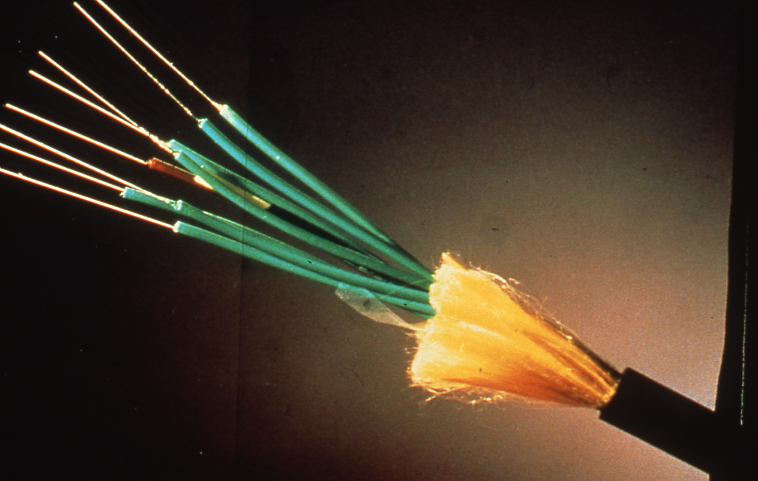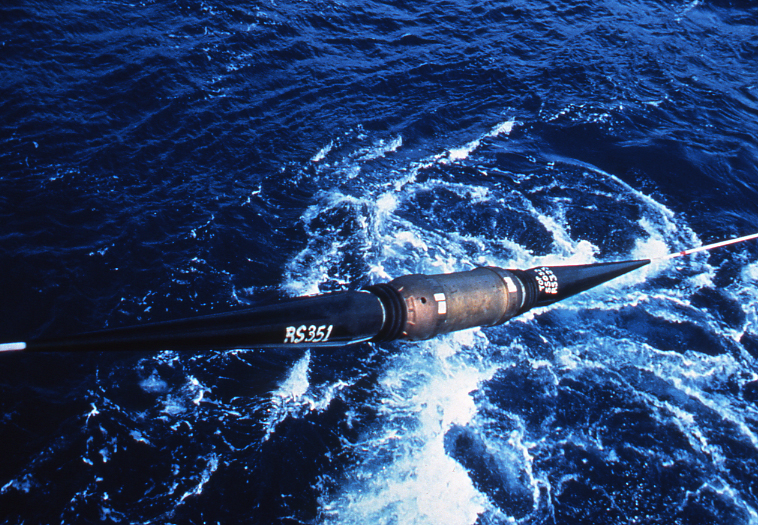Although the microwave network spanned the country, Senior V.P. of Transmission Systems Thomas Leming’s work continued. William McGowan’s desire to offer a complete range of telecommunications services meant that the MCI network had to handle more than just telephone calls; it needed to handle data. Microwaves were capable of handling data transmission, but by the early 1980s, MCI needed a new transmission medium to handle the ever increasing network load -- fiber optics.

In 1983, after years of lobbying, Leming got the approval he needed to start replacing MCI’s microwave network with fiber optic cable. MCI placed an order for 90,000 miles of fiber optic cable, the largest order to date. MCI’s purchase sent notice that they were staking a claim to fiber optics and signaled the emergence of the fiber optics industry.
Fiber optic cable transmits data through laser light impulses sent through glass fibers. The transmission quality is extremely high because the signal strength does not dissipate over distance and is not affected by inclement weather.
MCI chose to use single mode fiber optic cable; AT&T favored the more expensive multimode fiber. Multimode fiber optics gather more light and can be used with cheaper light sources (such as LEDs), but they cannot transmit information over long distances. Although single mode fiber optics require a stronger light source, they can send more information over long distances.

Unlike microwaves, fiber optic cables had to be laid in a relatively straight line in an area where they would not be disturbed. Two options were considered by MCI: the railroad and the highway system.
Prevented from using highways by federal regulations, MCI chose to bury their cables following the rails. MCI negotiated rights-of-way with various railroad companies and began laying cable.


